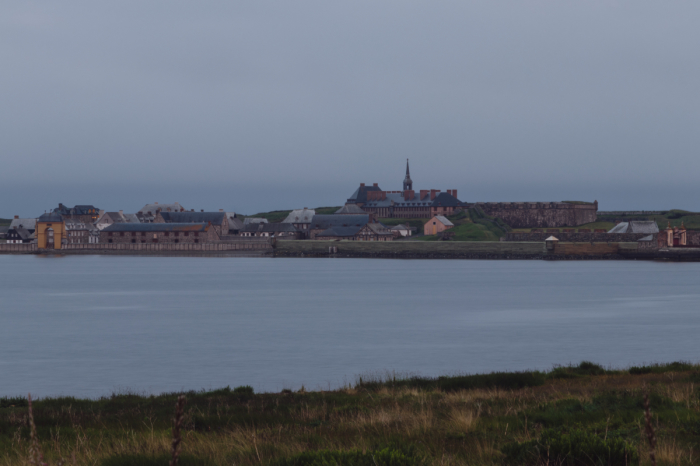The perfect road trip awaits in Nova Scotia

Driving across Nova Scotia you quickly see how this province in Canada’s Maritimes has a cityscape reminiscent of small-town New England and a gorgeous rocky landscape similar to what is seen in parts of the British Isles or along the Nordic coast.
This makes for a perfect late summer or early fall weekend road trip. It is a road trip I did in the middle of summer after flying into Halifax, Nova Scotia’s largest city and provincial capital.
The reason parts of Nova Scotia remind visitors of New England is simple: History.
Before, during and after the American Revolution what became Nova Scotia had deep connections with New England in the United States. This was also where a large number of loyalists, as sympathizers of the British cause during the American Revolution were called, settled after American independence was won with the cessation of hostilities.
From Halifax, drive along Nova Scotia’s scenic South Shore coast to Lunenburg with its UNESCO-listed historic old town.
The postcard-perfect old town features colorful wooden homes and former maritime warehouses, many of which face the harbor. The harbor front also bears a passing resemblance to the quaint Hanseatic Quarter in Bergen, Norway.
Many of the old homes, which once belonged to fishermen or merchant mariners, feature what is called the Lunenburg Bump. This local adaption of the bay window makes the already charming streetscape even more charming.
Lunenburg is the kind of destination that even in peak summer season is pretty much dead by 9 o’clock at night. By then, the day trippers are long gone and most locals or overnight visitors have finished dinner. It is also small enough that everything you will see or do is walkable. Speaking of walking, a tour from Lunenburg Walking Tours is a great way to orientate yourself.
Nearby is Mahone Bay, with its three highly photographed 19th century churches, and Blue Rocks, a small fishing village that is far less crowded than the equally charming Peggy’s Cove.
At the eastern end of Nova Scotia is Cape Breton. The drive here from Lunenburg takes about six hours, if you don’t stop too many times for pictures along the way. (Nova Scotia’s artificially low speed limits are also frustrating.)

This island looks and feels distinct from the mainland. Once part of New France, settlers arrived en masse from Scotland after Britain replaced France as the colonial power. So much so that Gaelic was the first language for many Cape Bretoners until relatively recently.
The transition from France to Britain is on display at the Fortress of Louisbourg National Historic Site.
The partially reconstructed fortified city is basically a time machine back to the late 1740s — about a decade before the French lost Louisbourg to the British in 1758 during the almost entirely forgotten Seven Years’ War. It sits directly across the harbor from the modern town of Louisbourg, which has struggled with the decline of Canada’s Atlantic fisheries.
I have been to a lot of forts and I can easily say that the Fortress of Louisbourg, despite being a reconstruction, is one of the best. Beyond fortifications and countless exhibits with artifacts is a dynamic living history component that includes historical interpreters dressed in authentic period clothing. You can even eat a multi-course 18th century French meal at Hôtel de la Marine, which is actually Louisbourg’s best restaurant.
Where to stay
In Lunenburg, I stayed at the aptly named Lunenburg Arms, a charming hotel that combines the design and services of a boutique hotel with the feel of a bed-and-breakfast inn.
Louisbourg’s biggest problem is its lack of accommodations. There are no full-service hotels, which explains why so many visitors leave town after visiting the fortress. I stayed at Point of View Suites, which was comfortable but basic. If I had to do it over again I would have stayed overnight in the reconstructed fort.
How to get there
I flew into Halifax, which at the most is just one stop from most U.S. airports.
Spires and Crosses, a weekly travel column exclusive to The Christian Post, covers old churches, history and heritage, architecture, culture and art. Follow @dennislennox on Twitterand Instagram.





























